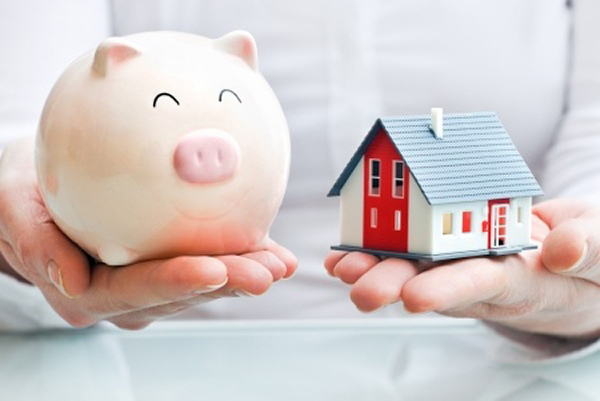3 Important Tips When Making a Down Payment for a Home
 When it comes to purchasing a home, one of the most significant financial decisions you’ll make is how much to put down as a down payment. Your down payment not only affects the amount you need to borrow but also plays a vital role in determining your mortgage interest rate and overall financial stability. Here are three crucial tips to keep in mind when making a down payment for a home:
When it comes to purchasing a home, one of the most significant financial decisions you’ll make is how much to put down as a down payment. Your down payment not only affects the amount you need to borrow but also plays a vital role in determining your mortgage interest rate and overall financial stability. Here are three crucial tips to keep in mind when making a down payment for a home:
Determine Your Budget and Financial Goals:
Before you start setting aside money for a down payment, you must understand your budget and financial goals. Assess your current financial situation, including your income, expenses, and existing debt. Consider factors such as your credit score, job stability, and long-term financial objectives.
Make sure your down payment doesn’t deplete your savings entirely, leaving you vulnerable to unexpected expenses or emergencies. Typically, a down payment of 20% is recommended, as it can help you avoid private mortgage insurance (PMI) and secure a more favorable mortgage rate. However, if you can’t afford a 20% down payment, don’t worry – there are other options available, such as FHA loans or VA loans, which require smaller down payments.
Research Mortgage Options:
When deciding on a down payment amount, it’s crucial to explore the various mortgage options available. Different types of mortgages have different down payment requirements. Here are a few examples:
- Conventional Mortgage
- FHA Loan
- Non-QM Loan
- VA Loan
- USDA Loan
Research these options and discuss them with a mortgage professional to find the best fit for your financial situation and homeownership goals.
Plan for Closing Costs:
When budgeting for your down payment, don’t forget about closing costs. These are the additional expenses associated with finalizing the purchase of your home, such as appraisal fees, title insurance, and legal fees. On average, closing costs can range from 2% to 5% of the home’s purchase price.
To avoid any last-minute financial stress, it’s wise to save some extra money specifically for closing costs. You can also negotiate with the seller to cover a portion of these costs as part of your purchase agreement.
Making a down payment for a home is a significant financial decision that requires careful consideration and planning. By determining your budget, researching mortgage options, and accounting for closing costs, you can navigate the homebuying process with confidence and secure the home of your dreams while maintaining your financial stability. Remember, homeownership is a long-term commitment, and making an informed down payment is a critical step in building a secure and comfortable future for you and your family.

 Purchasing a home is one of the most significant financial decisions many individuals make in their lifetime. It involves a substantial investment of money and requires careful consideration to ensure long-term financial stability. To navigate the complexities of the home-buying process, it’s essential to be well-informed about the various financial considerations involved. In this blog post, we will explore key factors to consider when buying a home to help you make informed decisions and achieve financial success.
Purchasing a home is one of the most significant financial decisions many individuals make in their lifetime. It involves a substantial investment of money and requires careful consideration to ensure long-term financial stability. To navigate the complexities of the home-buying process, it’s essential to be well-informed about the various financial considerations involved. In this blog post, we will explore key factors to consider when buying a home to help you make informed decisions and achieve financial success. When you are considering purchasing a home, understanding the lending guidelines regarding a down payment is important.
When you are considering purchasing a home, understanding the lending guidelines regarding a down payment is important.